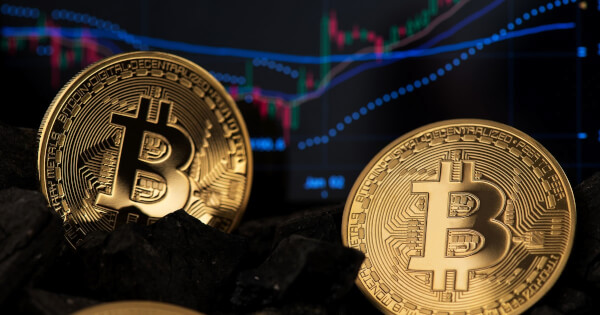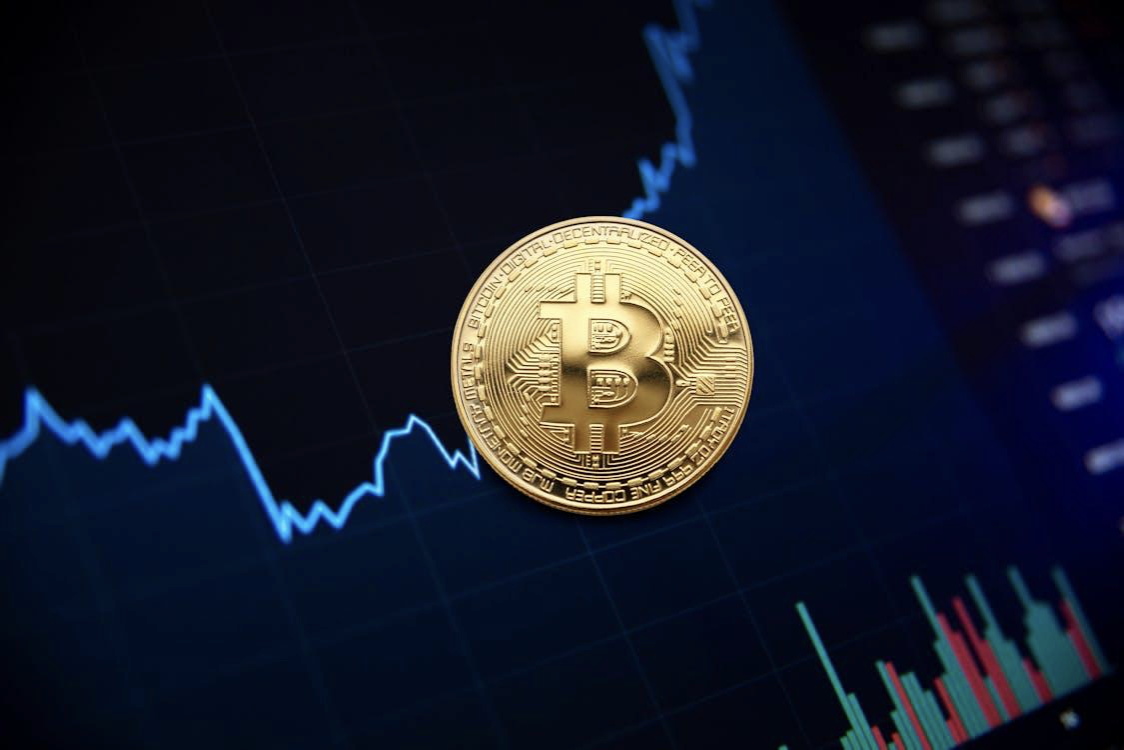Why The Next Bitcoin Halving Could Revolutionize the Market
News Publisher Apr 09, 2024 01:21
Bitcoin's price surges above $70,000, but upcoming Bitcoin halving in April could reduce supply and inflation, impacting other high-potential tokens and democratizing crypto investment.


IMAGE:https://www.pexels.com/photo/bitcoin-coin-on-background-of-business-charts-7788006/
At the time of writing, Bitcoin (BTC) has transcended all prior all-time high valuations with a steady price above $70,000. Here in the final week of March 2024, each day has brought about positive inflows to the BTC ecosystem, thanks to an influx of financial capital into spot bitcoin ETFs. Major financial institutions like BlackRock and Franklin Templeton have been keen to jump onboard this new development in the market, sparking a crypto rally in the process.
However, this bull run in the “original cryptocurrency” isn’t solely down to the multimillion dollar increase of capital into exchange-traded funds, as in a few weeks’ time a critical event is due to take place that could bring about major price appreciation for the asset. According to Bitcoin protocol, the project is due for a bitcoin halving this April, with the rewards for miners confirming blocks on the blockchain shrinking from its current 6.25 BTC to 3.125 BTC.
Bitcoin is, of course, a highly popular digital currency. Created in 2009 by the ever-mysterious ‘Satsoshi Nakamoto’, bitcoin and its underlying distributed ledger blockchain revolutionized asset ownership and the concept of currency. Unlike fiat currencies, which rely on a central authority of institution, bitcoin was the world’s first decentralized currency, meaning that users could truly own their digital assets while increasing security and transparency across transactions in the process.
Since those early days, BTC has been a major player in the rise of the crypto industry and is well-integrated into many other industries and markets. The use cases of bitcoin alone extend to entertainment, banking and peer-to-peer payments, with everything from Bitcoin slots to crowdfunding platforms emerging in the past decade. However, its total supply is limited to 21 million coins, which means that halving is a necessary process in its protocol.
Aka The Halvening, a bitcoin halving event is effectively a deflationary mechanism that reduces the supply of tokens in circulation. It occurs automatically after 210,000 blocks have been mined on the chain and, while it's not strictly time-based, this typically happens once every four years.
During halvings, the rewards that miners receive for confirming and adding new bitcoin blocks to the network are reduced by 50%, so decreasing both the rate and number of coins that are created. While this controls the coin’s inflation rate, it also has a knock-on effect of increasing scarcity, which can contribute to upward price rises.
Halving events are integral to the Bitcoin project, since the coin is deflationary in nature and has limited supply — it’s no overstatement to say it's akin to digital gold. Since these events control the number of tokens in circulation as well as the currency’s inflation rate, they can also drive-up demand.
Given the nature of the cryptocurrency market, it's impossible to identify key definitive drivers in the price rise of a coin. Looking at the direct impact of earlier halving events on the value of bitcoin, though, implies that they’re some of the most important catalysts in its price appreciation.
The first event took place in November 2012, as the reward for mining dropped from 50 to 25 BTC, subsequent prices shot up by as much as 5,089% during the following twelve months. A similar pattern occurred following July 2016’s halving event and the most recent in May 2020, with twelve-month price increases of 284% and 559%, respectively.
How Bitcoin Halving Affects the Crypto Ecosystem
As we’ve mentioned above, halving events are programmed into the Bitcoin project’s protocol and, regardless of how they can alter the value of its token, are crucial for controlling the rate of inflation. But, since the process itself reduces the rewards that Bitcoin miners receive, they must work harder and potentially use more of their resources to earn the same number of tokens. Consequently, this Lowers the profitability of mining, often resulting in smaller miners being pushed out of the market with only those able to fully capitalize on resources and working processes in the game.
The impact of the halvening stretches far beyond just BTC itself, however. While, historically, it has had the most significant price increases on bitcoin, it nevertheless triggers a ripple effect throughout the entire cryptocurrency ecosystem, casting a light on other high-potential tokens and crypto projects, like ADA and Ethereum.
Bitcoin may be the most famous of decentralized currencies and its utility is certainly impressive, but as any crypto enthusiast knows the market is full of coins with exceptional utility that can be appealing investments too. Crucially, these altcoins often have a much more accessible price point, democratizing crypto investment and ownership in the process. Moreover, there’s value in even the most devoted of bitcoin investors diversifying their crypto asset portfolio, not least of which can result in the potential for higher returns and the continued development of blockchain tech innovation.
Image source: Shutterstock.jpg)

